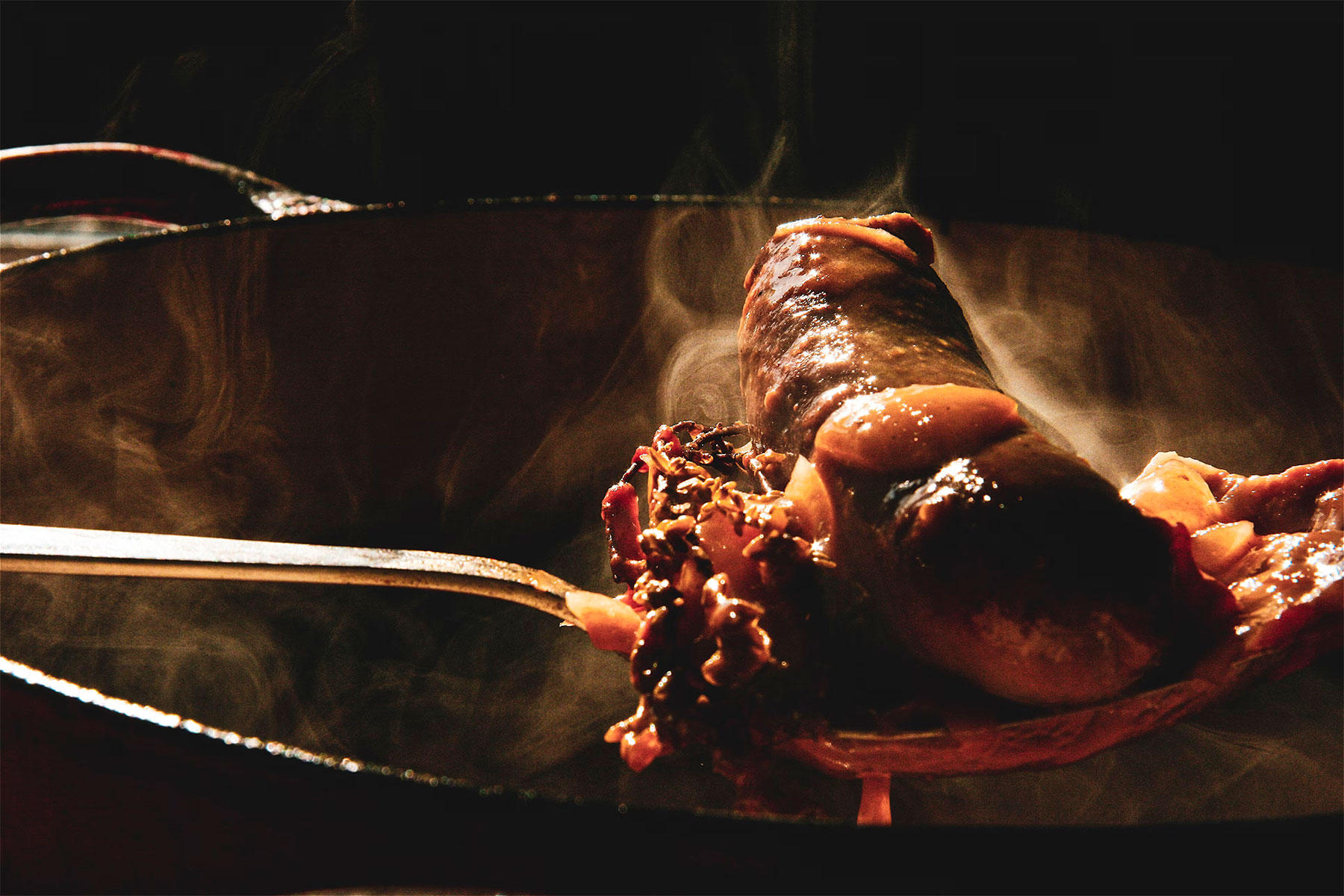Dive into the rich tapestry of France’s regional cuisines, from Normandy’s seafood to Provence’s herbs, and explore the cultural flavors of each area.
France’s culinary landscape reflects its diverse geography and rich cultural heritage, making it a global epicenter of gastronomy. With each region of France contributing unique flavors, ingredients, and preparation methods, the diversity of French cuisine is both vast and deeply rooted in tradition. Northern regions, like Normandy and Brittany, showcase hearty dishes based on seafood and dairy, while the Mediterranean influence is pronounced in Provence, where olive oil, tomatoes, and herbs dominate. Meanwhile, Alsace’s cuisine is heavily influenced by Germany, featuring dishes like Flammekueche and sauerkraut.
The culinary traditions in each region are informed not only by local ingredients but also by historical influences, neighboring cultures, and climate. In the southwestern areas, such as Gascony and Basque Country, strong flavors derived from duck, foie gras, and peppers are prominent. The central and mountainous regions, like Auvergne and Savoy, offer robust fare to withstand colder climates, such as cheese-based dishes like raclette and fondue. This overview provides an in-depth look at France’s major culinary regions, detailing the specialties that have shaped each area’s food culture, from classic dishes to distinctive local products.
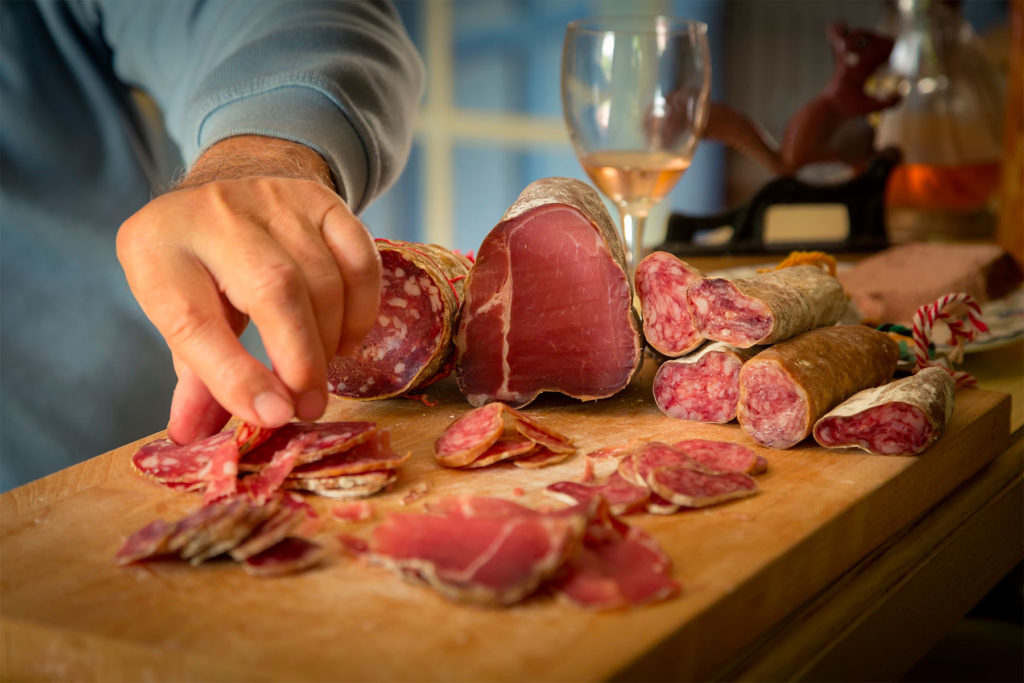
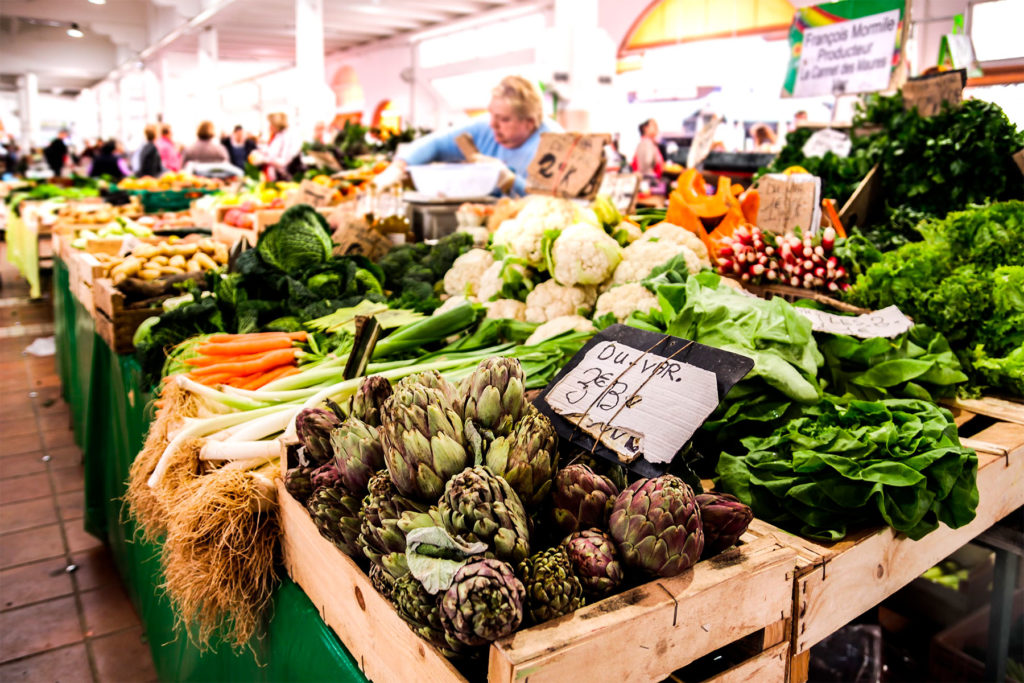
Northern France: Normandy and Brittany
The regions of Normandy and Brittany, situated along France’s northwestern coast, are known for dishes that showcase the area’s abundant seafood and dairy. Normandy, with its fertile lands, is a major producer of butter, cream, and apples, leading to specialties like Coquilles Saint-Jacques (scallops in cream) and Tarte Normande, an apple-based dessert. Brittany, famous for its crepes, also offers Galettes de Sarrasin (buckwheat pancakes), a hearty choice often filled with ham, cheese, or eggs. These regions also excel in cider production, a drink commonly enjoyed with these traditional dishes.
Eastern France: Alsace and Lorraine
Bordering Germany, Alsace and Lorraine present a blend of French and German influences. Dishes like Choucroute (sauerkraut with sausages) and Flammekueche (a thin crust pizza topped with onions and lardons) reflect this cross-border culinary exchange. Alsace is also renowned for its wines, particularly Riesling and Gewürztraminer, which pair well with the rich flavors typical of the region. Lorraine’s famous dish, Quiche Lorraine, combines eggs, cream, and bacon in a flaky crust, illustrating the region’s reliance on dairy and pork.
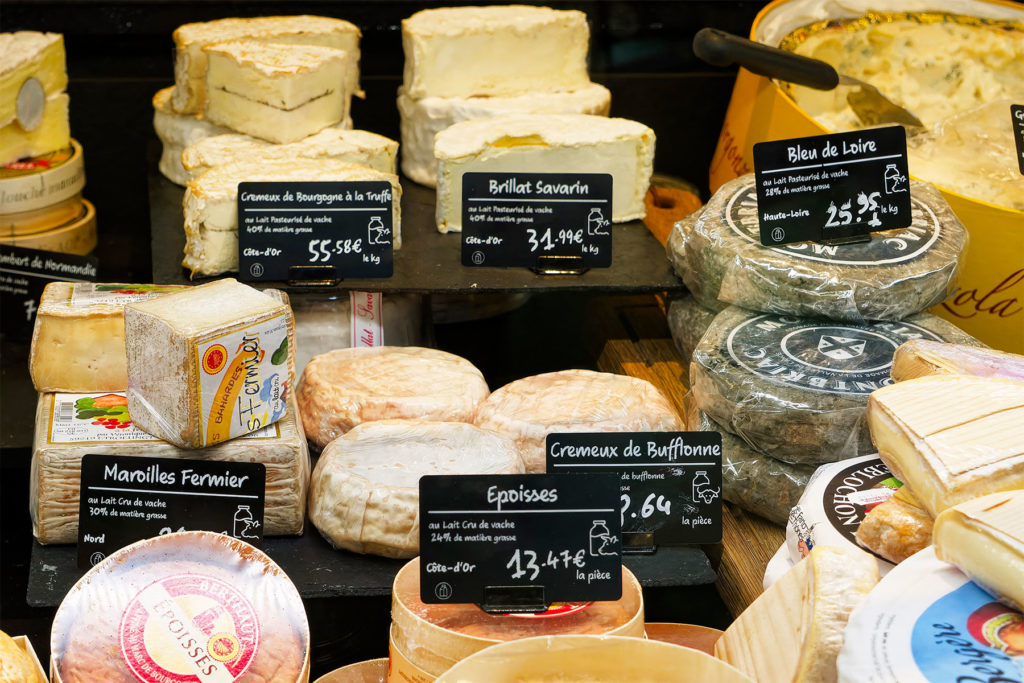
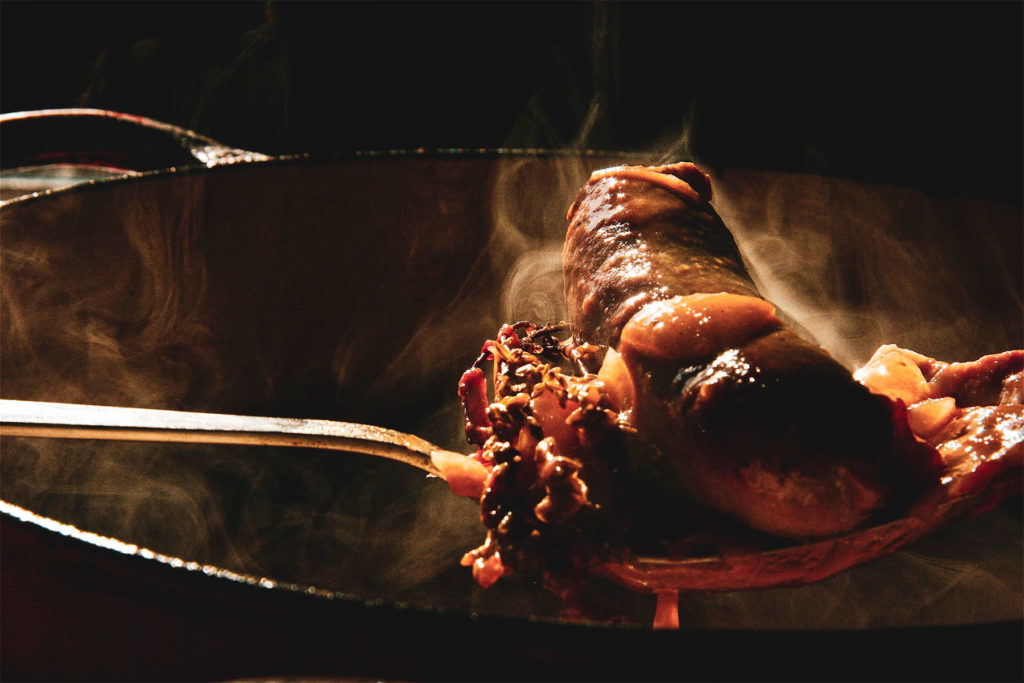
Southwestern France: Gascony and Basque Country
The southwestern regions, including Gascony and Basque Country, bring robust, flavor-forward cuisine. Cassoulet, a slow-cooked dish of white beans, duck confit, and pork, is an iconic meal here, particularly in the town of Toulouse. Basque cooking introduces peppers and seafood, evident in dishes like Piperade, a pepper-based stew, and Axoa, a veal stew seasoned with Espelette pepper. These regions also emphasize duck and goose, with specialties such as Confit de Canard and foie gras.
Provence and the Mediterranean Coast
In Provence and along the Mediterranean coast, the warm climate shapes a cuisine rich in vegetables, herbs, and olive oil. Bouillabaisse, a traditional fish stew from Marseille, highlights local seafood, including rockfish, saffron, and fennel. Provençal cuisine also features vegetable dishes like Ratatouille, made with zucchini, eggplant, and tomatoes, embodying the influence of Mediterranean agriculture. The area’s vineyards produce light rosés, which complement these bright, herbaceous flavors.

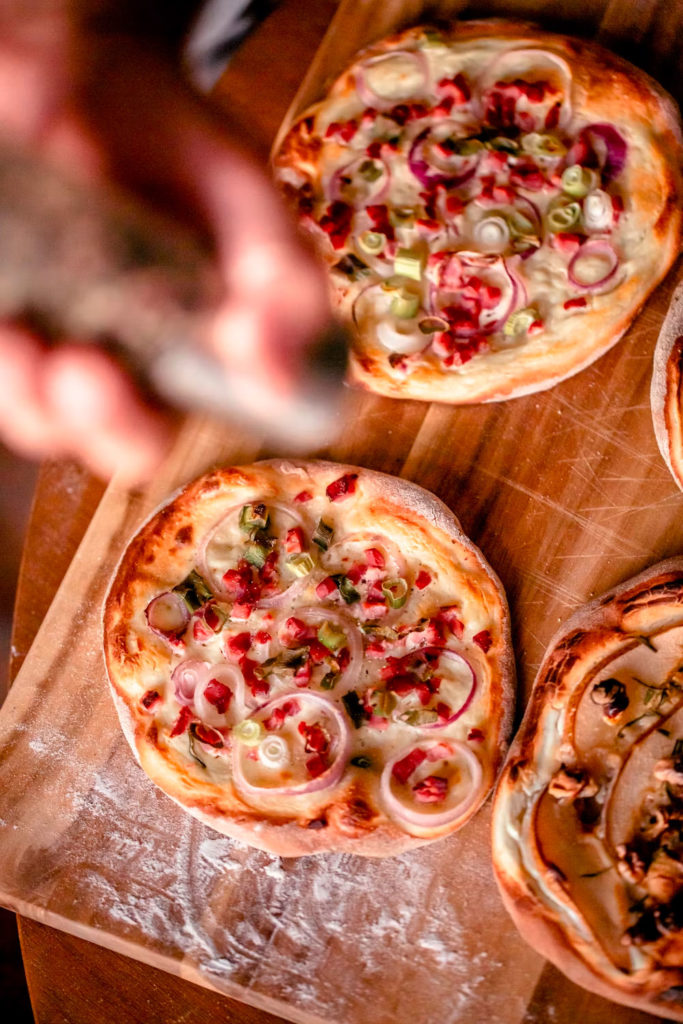
Central and Mountainous Regions: Auvergne, Savoy, and Franche-Comté
The mountainous areas of Auvergne, Savoy, and Franche-Comté are known for their hearty fare and excellent cheeses. Auvergne produces Aligot, a dish of mashed potatoes blended with cheese, while Savoy and Franche-Comté are celebrated for Raclette and Fondue, both featuring melted cheese with potatoes and cured meats. These regions prioritize warming, filling dishes, ideal for cold weather, which is a hallmark of their culinary identity.
The Parisian Influence: Île-de-France
Île-de-France, encompassing Paris, has culinary influences from across the country. However, certain dishes remain iconic to the capital, such as Steak-Frites and Croque-Monsieur, a ham and cheese sandwich topped with béchamel. Paris is also known for its pastries, including the Paris-Brest, a choux pastry with praline cream, and the Saint-Honoré. These sophisticated yet accessible dishes underscore the cosmopolitan nature of Parisian cuisine.

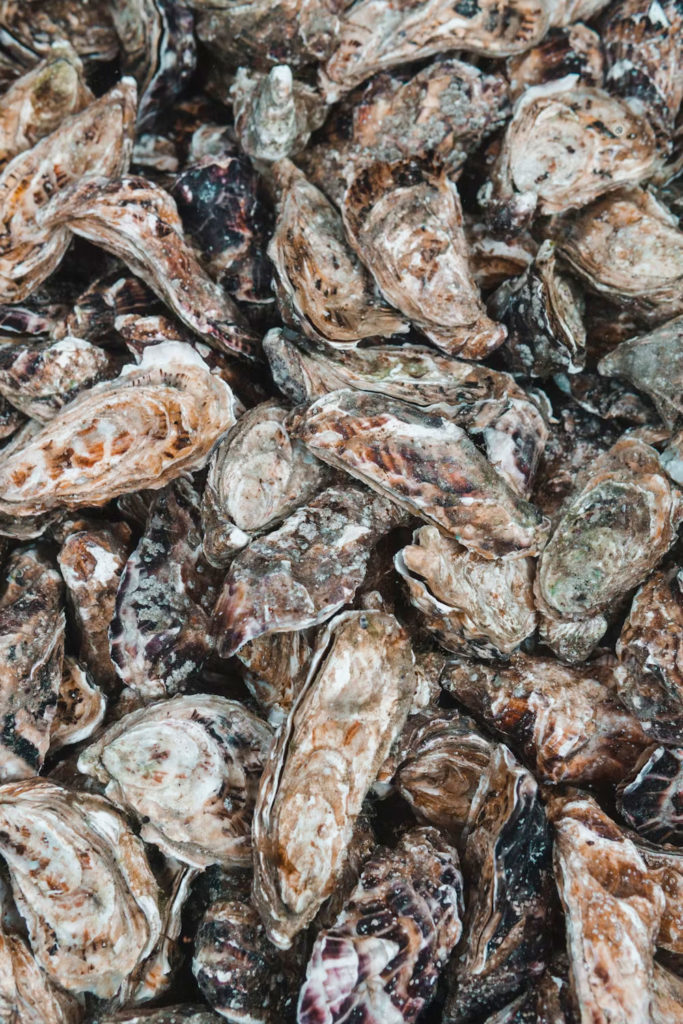
The Loire Valley and Western France
The Loire Valley and western France, often called the “Garden of France,” emphasize fresh produce and delicate flavors. Rillettes, a type of pork spread, is a local specialty, and the region’s wines, particularly Muscadet and Sancerre, are famous for their light, crisp profiles. This region also offers unique items like Tarte Tatin, a caramelized upside-down apple tart, and goat cheeses from the Loire’s abundant farms.
French regional cuisine is a mosaic of flavors, techniques, and ingredients, each shaped by the geography, climate, and cultural influences of its area. From the seafood-rich dishes of Brittany to the hearty cheese-based fare in the Alps, French cuisine reflects the diversity of the country’s landscapes and traditions. This culinary journey through France reveals how local ingredients and age-old recipes continue to define the unique gastronomic identity of each region.
Xperience France is a travel and experiences provider in France.
